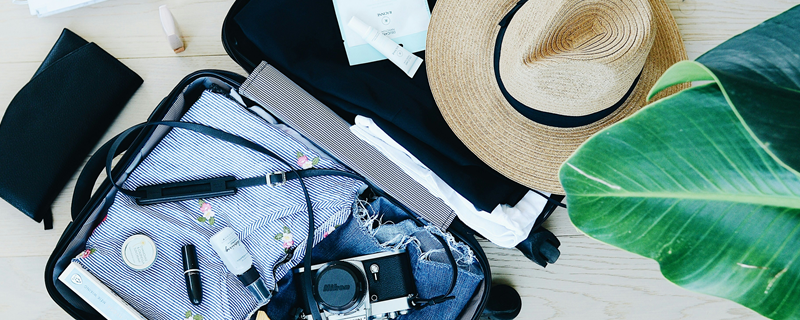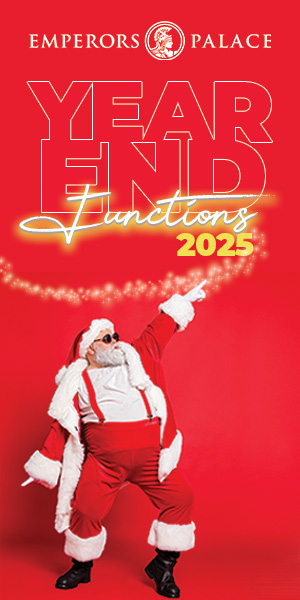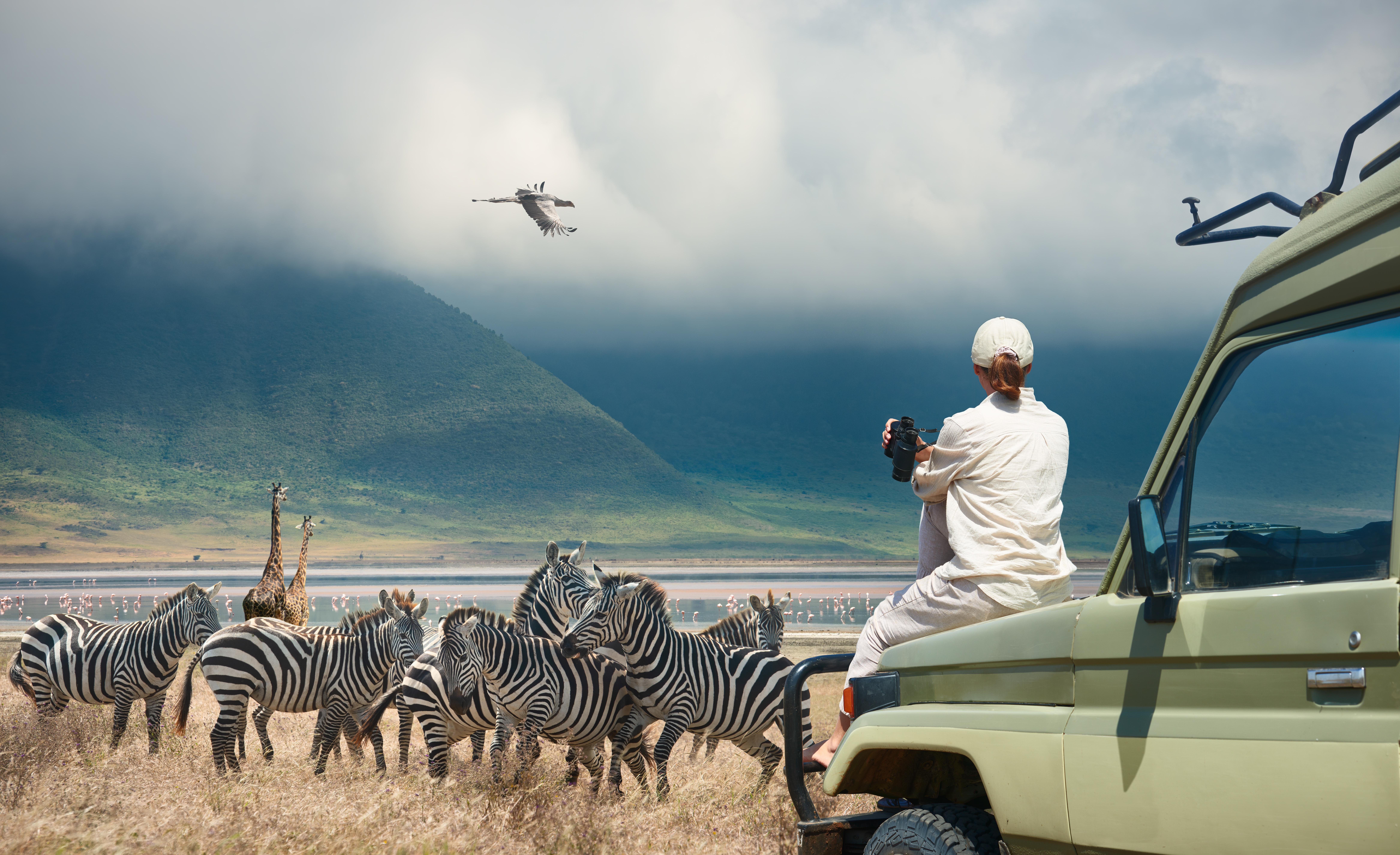The Tourism Sentiment Index (TSI) is an online sentiment-tracking tool provided by Destination Think, a group that combines strategy, data, and creative communications to lead the world in destination marketing innovation. Here SA Tourism unpacks online traveller sentiment for South Africa over the past year – and what opportunities this holds for the tourism industry to improve.
TSI evaluates online discussions surrounding South Africa, a highly sought-after tourist destination. This is done through aggregating online content about or around tourism, travel, and tourist experiences and attractions. They scan online reviews, social media posts, and news among other online spaces. These views are analysed into three main categories: Promoters (Very positive), Passives (Neutral), and Detractors (Very negative). These three categories are then analysed to get a destination sentiment score by subtracting Detractors from Promoters. Scores range from -100 (worst-case scenario) and +100 (best-case scenario).
Scores range from -100 (worst-case scenario) and +100 (best-case scenario).
Analysing the data and insights derived from these online conversations empowers destinations such as South Africa to comprehend tourist expectations. By customising the destination’s offerings to surpass these expectations, we cultivate positive word-of-mouth recommendations about South Africa, ultimately driving increased visitation. Word-of-mouth referrals, often stemming from recommendations by friends or family who have visited, stand as one of the primary motivations for choosing South Africa as a destination.
Word-of-mouth referrals, often stemming from recommendations by friends or family who have visited, stand as one of the primary motivations for choosing South Africa as a destination.
A dip in positive sentiment
Based on historical sentiment tracking, South Africa has consistently seen high sentiment driven by outdoor activities, relaxation and wellness experiences, culinary delights, and destination services, encompassing various subcategories like accommodations.
Over the July and August 2023 period, South Africa’s tourism sentiment dipped below previous highs.
However, over the July and August 2023 period, South Africa’s tourism sentiment dipped below previous highs, notably those seen in June when it peaked at 26, although there was a rebound in September. South Africa had a sentiment score of 23 rising from 20 in August.
On the positive side, sports events were a major driver of online discussion. The month of June saw the ramp-up to major sporting events with South African Thriston Lawrence winning the BMW Golf International Open. This was supported by South African Tourism as well strategic tourism sector partners with activations and media engagements. June also saw the lead up to the Netball World Cup held in Cape Town during the month of July. In June there was also the lead-up to the Women’s FIFA Soccer World Cup when Banyana-Banyana was sent off during the month of June. Then, later South Africa’s national Rugby team, the Springbok’s tours was announced for July against Australia and Argentina.
What drove the negative sentiment?
Although positive sentiment elements exist, the overall conversation in the past three months included conversations around negative topics such as crime, natural disasters, and protest actions. Two primary drivers of this negative sentiment are safety concerns, often related to natural disasters during the period when there was flooding and heavy rainstorms in Cape Town and on the opposite coast in Durban. Travellers also expressed difficulties in access and transportation while the lowest sentiment (20) in the past year was during the Cape Town taxi strike in August. The average sentiment for the past 12 months was 23. Both categories consistently yield the lowest sentiment scores and evoke emotions of sadness (natural disasters) and anger (transportation challenges).
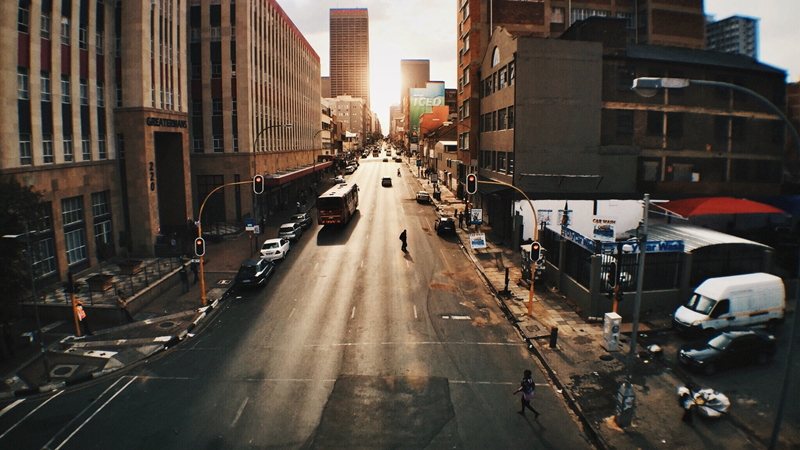
What are consumers saying are the areas for improvement?
In addition to safety and accessibility issues, a new emotion has emerged in recent months. This sentiment surrounds the dilapidated state of tourism infrastructure, including beaches, inner-city buildings, nightlife incidents, and even street food and farmer market food producers.
The data undeniably underscores the significance of the look and feel of buildings and infrastructure. It suggests that, in addition to city tours, a deliberate and consistent focus on maintenance along popular tourist routes and throughout the destination is vital for a positive tourism experience.
What drove the positive sentiment?
The category of “food” had an average sentiment score of 29. Within that category Restaurants / Dining / Takeaway had a sentiment score of 27, however among the negative comments are the diners noticing how much food waste there is in the industry. Tourists are more sensitive and in tune with responsible tourism and sustainable practices. The huge portions served although satisfying and filling for some consumers, are seen as excessive and wasteful by others. There were only four sub-categories with “high” sentiment, Breweries and Pubs (61), Weddings (54), Spa and Wellness (50), and Nature Photography (35).
How can South Africa improve sentiment?
To elevate South Africa’s destination sentiment score, there is a clear need for increased focus on high-sentiment sub-categories. This entails creating more visual, audible, and experiential content and campaigns that align with these positive categories. However, it is essential to ensure that multiple pillars and the most favorable aspects of the destination are prominently featured in branding and corporate communications.
The role of food and culinary
A more focused and bolstered a welcome strategy is required and within that, a dedicated food and culinary strategy/approach centered around tourist touchpoints and experiences must be included. In the month of September, there was a growing interest in the food and culinary category (score of 30). Restaurants, dining, and takeaways lead the way (62% of volume and a sentiment score of 29), followed by wine and vineyards (26% of volume and a sentiment score of 30). Farmers’ markets and food producers also contribute positively to sentiment, (8% of volume and a sentiment score of 27). Notably, breweries and pubs have the highest sentiment score, though they make up the least volume (4% of volume and a sentiment score of 61).
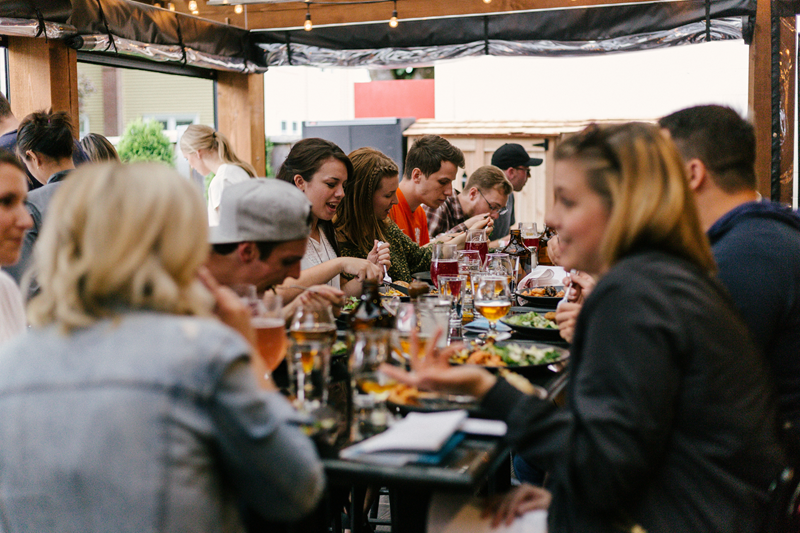
Outdoor activities and wildlife
While outdoor activities have traditionally been a significant volume driver in South Africa’s tourism, this category has been losing its volume share over the years. In 2020 this category held a 29% share, which decreased to 28% in 2021. A slight improvement to 31% was seen in 2022, but the year-to-date data for 2023 (January to September) shows a decline to 27%.
Wildlife viewing has seen a sharp decline, falling from an average of 73% of the volume since the pandemic (2020 to now) to just 45% in September 2023.
Similarly, once a dominant volume driver in the outdoor activities category, wildlife viewing has seen a sharp decline, falling from an average of 73% of the volume since the pandemic (2020 to now) to just 45% in September 2023. Moreover, wildlife-related sentiment has also suffered, with lower scores averaging 16 in 2023 (year-to-date) compared to an average of 19 since the pandemic began in 2020.
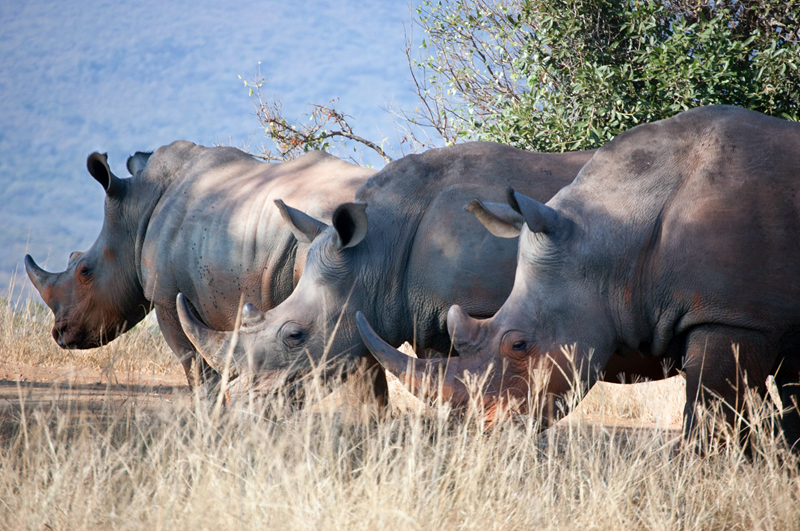
What are consumers saying about our competitors?
When comparing South Africa to its tourism competitors, it is evident that South Africa is within the “average” range while all our competitors have at least one “very high” sentiment category. All our competitors have high sentiment for Relaxation and Wellness with the exception being Kenya which has one high sentiment category which is Food and Culinary (36).
Tanzania boasts two high-sentiment categories namely, Outdoor Activities (66), and Relaxation and Wellness (34). Thailand, Brazil, and Australia also have two “high” categories as well.
For Thailand, the categories are Culture and History (38), and Relaxation and Wellness (36). Brazil has Relaxation and Wellness, as well as Food and Culinary with 33 for both respectively. Australia has high sentiment on Relaxation and Wellness (40), and Destination Services (38).
To be on par with our competitors we need to elevate our Relaxation and Wellness to high positive sentiment.
This underscores the need for South Africa to identify and invest more in standout categories, whether it be food or wildlife, to enhance its appeal in the competitive global tourism landscape. But also, to be on par with our competitors we need to elevate our Relaxation and Wellness to high positive sentiment as this is the norm among the competitive set. Destination Services is also a category and the exposure for the Tourism Grading Council and their work is a needed intervention to address the quality of tourism infrastructure.

More About Tourism Sentiment Index (TSI)
The system is powered by artificial intelligence and reviewed by a team of researchers. The TSI also provides sentiment scores for each destination element, the elements are sub-categories within categories. TSI has 8 major categories: namely Outdoor activities, Safety, Amenities and Entertainment, Destination Services, Food and Culinary, Access and Transportation, Relaxation and Wellness, and finally Culture and History (in no particular order).
Images sourced from Unsplash.


